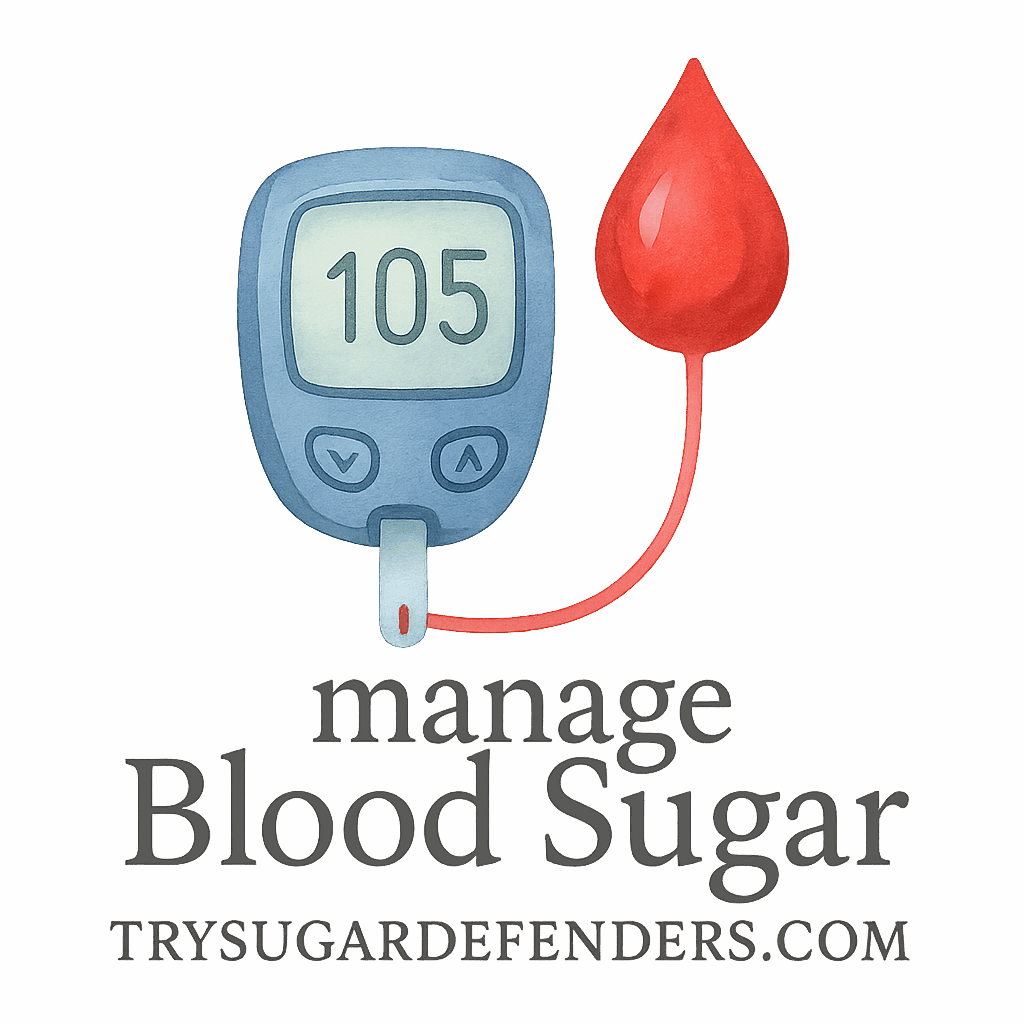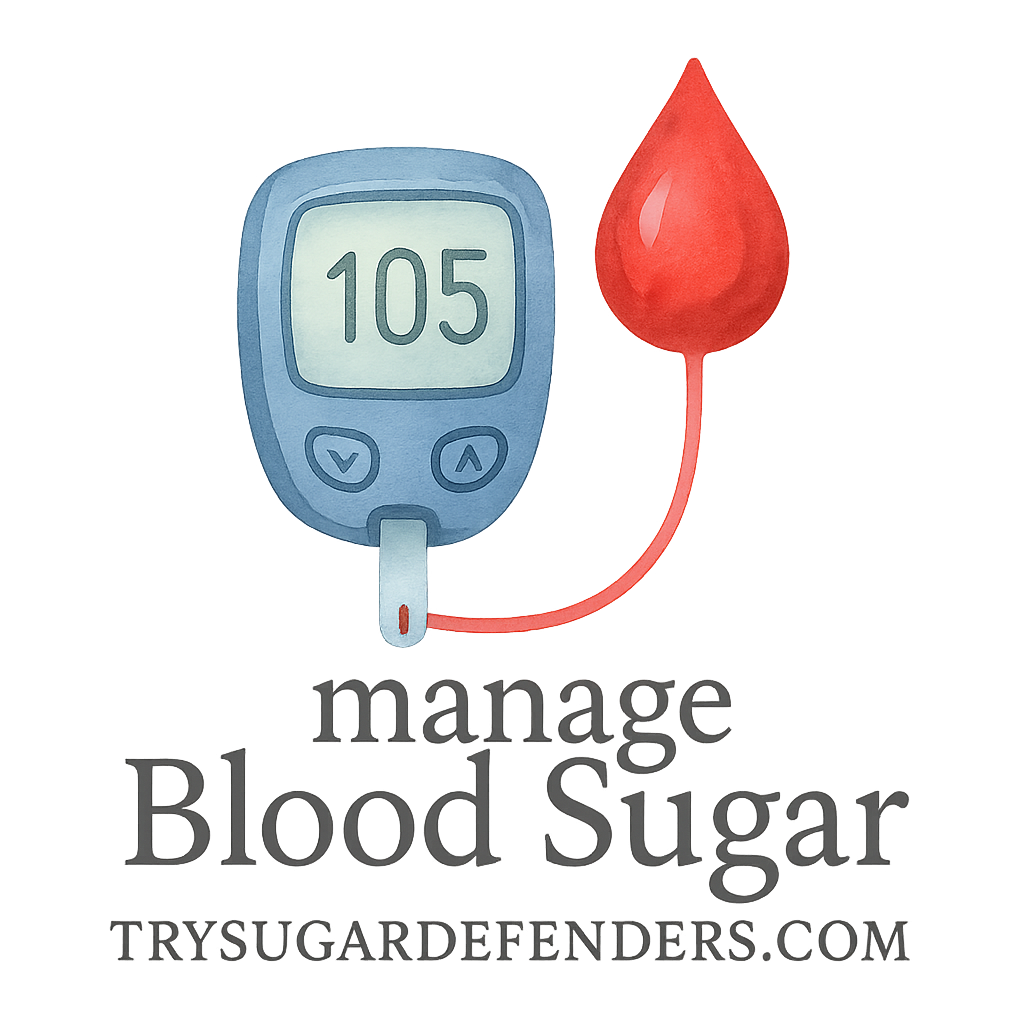Introduction: Why Understanding Your Blood Sugar Data Matters
Let’s face it—checking your blood sugar isn’t exactly fun, but it is powerful. Every number tells a story. When you know how to read that story, you can take control of your health, make better decisions, and feel more in charge of your diabetes management journey.
If you’re staring at your glucometer or CGM app wondering, “What the heck does this mean?”—you’re in the right place.
We’re diving into 5 essential tips for interpreting your blood sugar data. These insights will help you make sense of your numbers, spot trends, and create an action plan that aligns with your lifestyle.
And hey, it’s not just about the numbers—this is about your life. Let’s make it count.
Tip 1: Know Your Blood Sugar Targets
Understanding your target range is the foundation of interpreting your readings. Without it, it’s like trying to navigate without a map.
Fasting vs. Postprandial Levels
You’ve got different targets depending on when you test:
- Fasting (first thing in the morning): 80–130 mg/dL
- Post-meal (1-2 hours after eating): Less than 180 mg/dL
These guidelines come from trusted sources like the American Diabetes Association, but always check with your doctor for your personalized range.
When to Worry: Highs and Lows Explained
- Hypoglycemia (Low): Anything under 70 mg/dL
- Hyperglycemia (High): Over 180 mg/dL post-meal or 130 mg/dL fasting
Frequent highs or lows? That’s your cue to reassess your routine, possibly with your doc’s help. You can also get tailored advice via Sugar Defenders’ Consultation Guide.
Tip 2: Track Patterns Over Time
One reading won’t tell you much. But patterns? That’s where the real magic is.
Use Monitoring Devices Effectively
Whether you’re using a glucometer or a Continuous Glucose Monitor (CGM), accuracy and consistency are key. Devices matter, so if you’re comparing different tools, this device comparison guide can help you pick the right one.
Make sure to:
- Calibrate (if needed)
- Log meals and activity alongside readings
- Check at consistent times daily
Check out this monitoring and tracking resource for a complete breakdown.
Logging Tools: Digital vs. Manual
Whether you go old-school with a notebook or tech-forward with apps, tracking helps identify cause and effect.
- Manual logs: Simple and customizable
- Apps: Sync data, create graphs, get alerts
Explore the pros and cons of each method at Monitoring & Tracking.
Spotting Trends and Triggers
Look for:
- Spikes after certain meals
- Drops after workouts
- Fluctuations during stress or sleep disruptions
This helps you build a more precise and sustainable health plan—a big win for long-term success.
Tip 3: Understand How Food Affects Your Numbers
Let’s talk food. Because—let’s be real—it’s one of the biggest influencers on your blood sugar.
Carbs Are King (and Sometimes Villain)
Carbohydrates convert to glucose in your body. Some do it fast (like white bread), others slow (like lentils).
Too many carbs = high blood sugar. Too few = energy crash. The trick? Balance.
Check out this helpful Diet & Nutrition page to build a meal plan that works for you.
The Impact of Glycemic Index
Glycemic Index (GI) ranks how quickly foods raise blood sugar:
- High GI: White rice, soda, pastries
- Low GI: Leafy greens, whole grains, legumes
Use GI as a tool, not a rule. Combine foods to slow digestion and stabilize spikes.
Want more strategies? Visit tag: diet and tag: Mediterranean for practical ideas.
The Role of Timing and Portion Sizes
- Eat smaller, more frequent meals
- Avoid late-night snacking
- Portion control keeps glucose steady
There’s no “one size fits all” plan, but experimentation helps.

Tip 4: Factor in Exercise and Lifestyle Habits
Blood sugar doesn’t live in a vacuum. It reacts to everything—your workouts, sleep, even your stress levels.
How Movement Affects Blood Sugar
Exercise helps insulin work better. But timing matters:
- Before meals: Can prevent post-meal spikes
- After meals: A 10-15 min walk can reduce glucose peaks
Get more insight on this via Exercise & Lifestyle and related topics like tag: fitness.
Sleep, Stress, and Hormonal Influence
- Poor sleep = insulin resistance
- Stress = cortisol = higher glucose
Coping strategies like CBT, mindfulness, and meditation can help. Learn more on Behavioral & Mental Strategies and dive deeper at tag: CBT.
Why Routine Matters
Consistency is your best friend. Try:
- Regular meals
- Same sleep and exercise times
- Tracking mood, energy, and numbers
Building a routine can bring more predictability to your blood sugar. See tag: routine for more.
Tip 5: Collaborate With Your Healthcare Team
You’re not alone in this. Your healthcare team is your pit crew—here to optimize your strategy.
Reviewing Data With Your Doctor
Show up with your logs and questions:
- “Why am I spiking in the morning?”
- “What’s with the afternoon dips?”
- “Is my insulin working too well?”
They’ll help interpret patterns and tweak your plan.
Need guidance? Try tag: doctor or Consultation Help.
Making Adjustments Based on Feedback
Whether it’s tweaking meds, changing doses, or adjusting your diet, communication is key. Doctors need data to help you best.
You might also consider Medical Supplements that can support your treatment plan naturally.
The Importance of Regular Check-Ins
Every few months, circle back with your doctor:
- Review A1C
- Reassess goals
- Update prescriptions
It’s a dynamic process, not a one-and-done thing. Keep the conversation going.
Conclusion: Turning Numbers Into Action
Your blood sugar data is like a GPS—it tells you where you are and how far you are from where you want to be. The numbers can feel overwhelming at first, but once you understand them, they become empowering.
By using these 5 tips for interpreting your blood sugar data, you can take control, make smarter choices, and live your healthiest life. You’ve got this—and you’re not alone on this journey.
Don’t forget to check out helpful resources at Try Sugar Defenders and explore tags like tag: control, tag: health, and tag: guide for even more support.
FAQs
1. What’s the best time to check my blood sugar?
Typically, check fasting in the morning and 1–2 hours after meals. Your doctor may have specific advice based on your condition.
2. How often should I log my blood sugar?
At least daily, but more frequently if you’re adjusting meds, experiencing symptoms, or changing your routine.
3. What if my blood sugar is always high after breakfast?
You may need to adjust your carb intake, change your breakfast foods, or consider early morning insulin resistance. A chat with your doc can clarify.
4. Do stress and sleep really impact blood sugar?
Yes! Poor sleep and high stress can spike cortisol, which raises blood sugar. Managing these is key to consistent readings.
5. How do I choose the right monitoring device?
Look for accuracy, ease of use, and features like data sync. See the monitoring tools page for help choosing.
6. Can supplements help manage blood sugar?
Some can, under medical supervision. Explore options at Medical Supplements.
7. What’s the most important tip for interpreting my data?
Focus on patterns, not isolated readings. Numbers mean more when you see the full picture over time.


